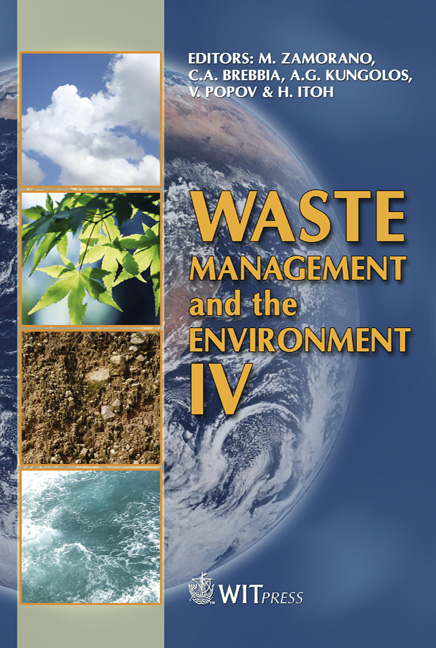Simulation Of Radiation Damage In Rocks Considered For Safe Storage Of Nuclear Waste
Price
Free (open access)
Transaction
Volume
109
Pages
9
Page Range
891 - 899
Published
2008
Size
598 kb
Paper DOI
10.2495/WM080901
Copyright
WIT Press
Author(s)
V. I. Dubinko, A. N. Dovbnya, D. I. Vainshtein & H. W. den Hartog
Abstract
Rock salt is one of the considered storage mediums for radioactive waste, and so the behavior of rock salt in the vicinity of the waste canisters is of great practical interest. The main contribution to the irradiation from a radioactive waste comes from gamma-radiation, which requires a comparison of its action with that of the electron irradiation, widely used for simulation of radiation damage in rock salt. Samples of synthetic crystals of NaCl have been electron and γ-irradiated and subsequently investigated by means of differential scanning calorimetry and atomic force microscopy. Our theoretical modeling of the irradiation damage has shown that the observed difference in colloid production under electron and gamma irradiation may be explained by the difference in the dose rates rather than the irradiation type. The data on radionuclide migration in the geological medium material of the disposal site are required for estimating the ecological safety of the radioactive waste disposal system in granite and tuff rocs. Penetration profiles of cerium 139Ce in granite and tuff specimens (before and after γ-irradiation) were measured by means of nuclear physics methods. Keywords: radioactive waste, electron and gamma-radiation, rock salt, tuff, granite, radionuclide migration. 1 Introduction Rock salt is an attractive storage medium for nuclear high level waste (HLW) since geological rock salt deposits stay away from water for millions of years.
Keywords
radioactive waste, electron and gamma-radiation, rock salt, tuff, granite, radionuclide migration.





